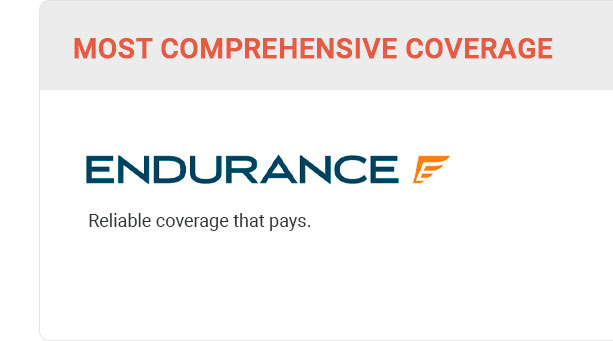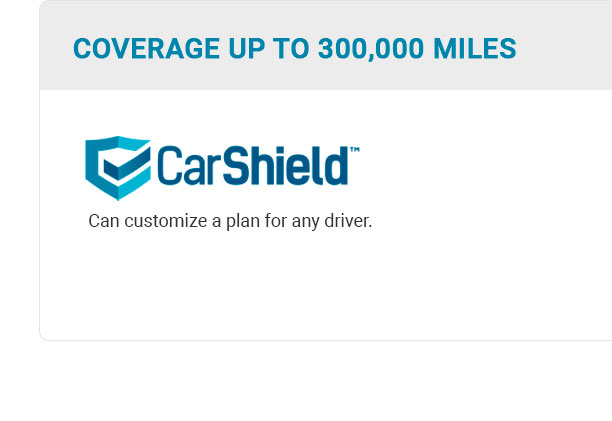 |
 |
 |
 |
 |
 |
 |
 |
 |
|||
 |
 |
|
|||||||
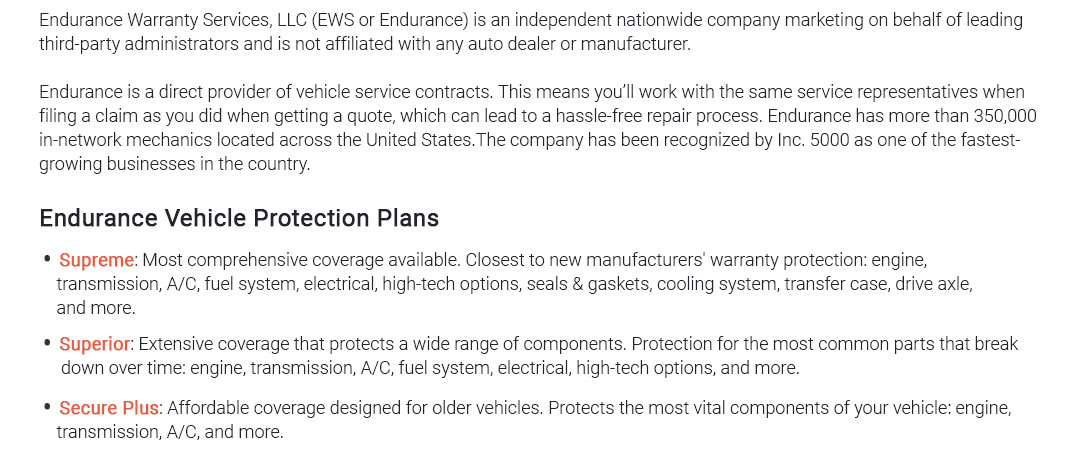 |
|||||||
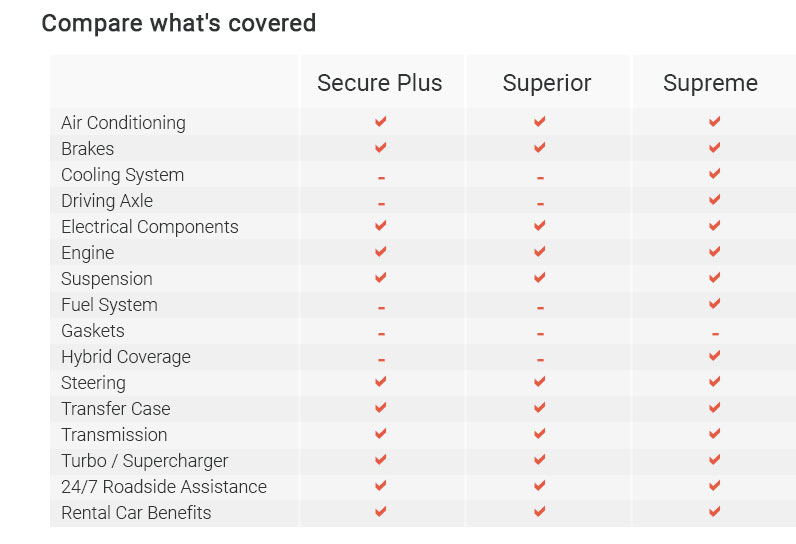 |
|||||||
 |
|||||||
 |
|||||||
|
|||||||
|
||||||
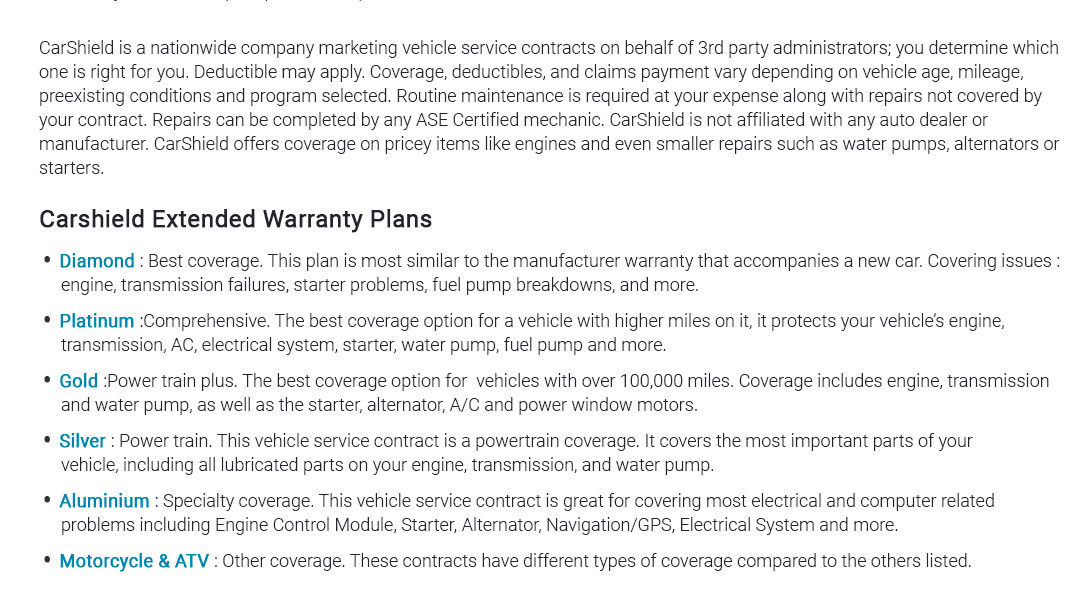 |
||||||
 |
||||||
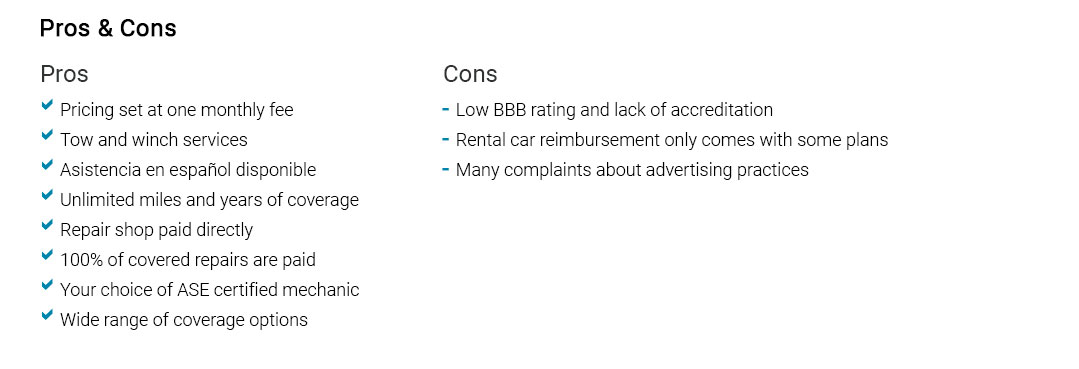 |
||||||
|
 |
 |
 |
 |
 |
 |
 |
The Comprehensive Guide to Go Auto Full Coverage InsuranceIn today's fast-paced world, ensuring that your vehicle is adequately protected is not just a luxury, but a necessity. As you navigate the myriad of options available, one term you might encounter is 'Go Auto Full Coverage'. This comprehensive insurance option promises to offer a wide-ranging safety net for drivers, but what exactly does it entail, and why should one consider it? Let's delve into the details, uncovering the nuances of this insurance choice, its benefits, and the scenarios where it becomes invaluable. Firstly, it's crucial to understand that full coverage insurance is a broad term. Contrary to what the name might suggest, it doesn't cover every possible situation that could arise, but it does encompass a combination of coverages that provide extensive protection. Typically, full coverage includes liability insurance, collision coverage, and comprehensive coverage. Each of these components plays a distinct role in safeguarding the driver and their vehicle. Liability insurance is mandated by law in most states and covers damages and injuries you might cause to others in an accident. It is the backbone of any auto insurance policy, ensuring that you can cover the costs of damages inflicted on another party. Collision coverage, on the other hand, pays for damages to your own vehicle in the event of an accident, regardless of who is at fault. It's particularly beneficial for those who drive regularly or possess a high-value vehicle, as repair costs can skyrocket. Meanwhile, comprehensive coverage goes beyond collisions. It protects against non-collision-related incidents such as theft, vandalism, natural disasters, and even hitting an animal on the road. This aspect of full coverage is indispensable for those who reside in areas prone to harsh weather conditions or high crime rates. When considering Go Auto Full Coverage, one must weigh the benefits against the cost. Although more expensive than basic liability insurance, the peace of mind it provides can be invaluable. Imagine the relief of knowing that your insurance will cover the costs of a stolen vehicle or a tree branch crashing onto your car during a storm. Such scenarios, while unfortunate, do happen, and full coverage can alleviate the financial burden significantly.
Despite the myriad of benefits, it's essential for consumers to assess their personal needs and circumstances before opting for full coverage. Factors such as the age and value of the vehicle, the driver's financial situation, and their risk tolerance should all be taken into account. For instance, owners of older vehicles might find that the premiums for full coverage exceed the car's actual value, making it a less attractive option. In conclusion, Go Auto Full Coverage stands as a robust option for drivers seeking comprehensive protection. It amalgamates various types of coverage into a singular, cohesive policy that aims to cover a wide array of potential incidents. While the cost might be higher, the extensive coverage it provides could prove invaluable in safeguarding one's financial stability and ensuring peace of mind. As with any insurance decision, potential policyholders should conduct thorough research and consider consulting with an insurance professional to tailor a policy that best fits their individual needs. https://www.goautoinsurance.com/webapps/QuoteProd/StartAQuote.aspx
GoAuto can save you more money on car insurance in Louisiana, Nevada, Ohio, and Texas. Here is how we do it! No commissioned agents. No expensive add-ons. https://get.goautoinsurance.com/about/
GoAuto is a family-oriented company. We believe everyone who needs automobile insurance should be able to have access to it at an affordable price. https://get.goautoinsurance.com/blog/do-i-need-full-coverage-insurance-to-finance-a-car/
Comprehensive Insurance protects drivers when their car is damaged from an event other than a collision. This includes damage due to natural ...
|


